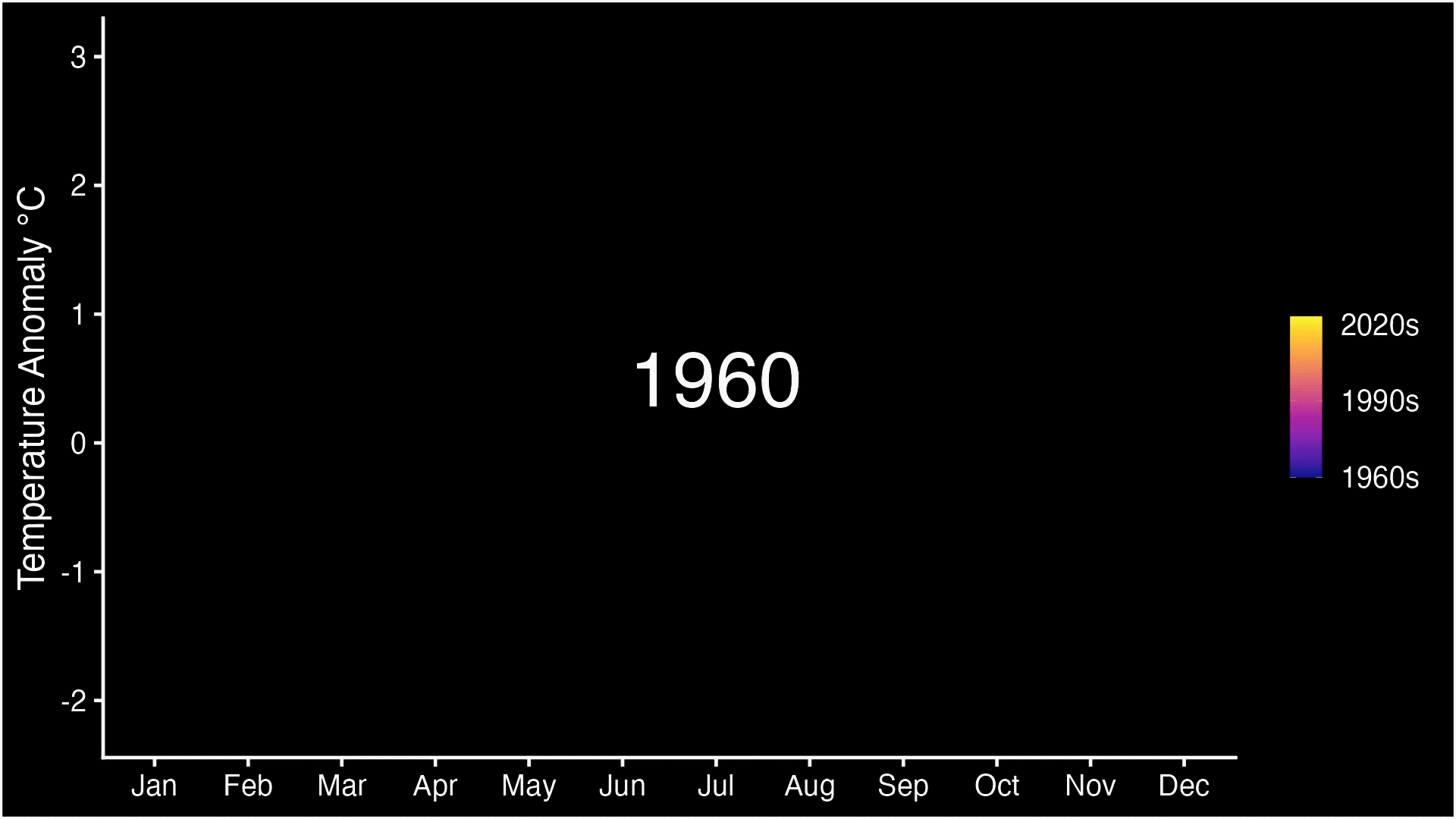NASA’s X-59 Rollout Embodies Aeronautical Tradition
NASA’s X-59 Rollout Embodies Aeronautical Tradition

Lee esta historia en español aquí.
NASA’s X-59 aircraft is heading out of the hangar – preparing to embark on the first phase of its mission to fly faster than the speed of sound without generating a loud sonic boom.
Leadership from NASA and prime contractor Lockheed Martin will officially unveil the fully completed and freshly painted X-59 to the world during a rollout ceremony Friday, Jan. 12 at 4 p.m., EST. NASA TV will broadcast the event live from Lockheed Martin’s Skunk Works facility in Palmdale, California, where the aircraft was assembled.
“This is the big reveal,” said Catherine Bahm, manager of NASA’s Low Boom Flight Demonstrator project, who is overseeing the development and build of the X-59. “The rollout is a huge milestone toward achieving the overarching goal of the Quesst mission to quiet the sonic boom.”
Quesst is NASA’s mission through which the X-59 will demonstrate its quiet supersonic capabilities. NASA will fly the aircraft over selected U.S. communities and then survey what people on the ground hear when it flies overhead. The agency will share data on these reactions to the quieter sonic “thumps” with regulators, who could then consider rules that currently ban commercial supersonic flight over land because of noise concerns.
Tradition of Rollout
So, what is an aircraft rollout? And why is it significant to NASA, industry stakeholders, and the team of aeronautical innovators who built the X-59?
Conceiving, designing, building, and testing a new airplane takes years of meticulous, highly detailed work. Every new design helps innovate a new way to fly – especially in the case of X-planes, whose very mission is to continue pushing the boundaries of what’s possible.
Unveiling the X-59 to the world represents not just the aircraft’s technical achievements, but also the future of flight, and the spirit of aeronautics research itself.
For the team, some of whom have worked on the aircraft since the first component was created, the reveal of the X-59 will be a very special moment.

CATHERINE BAHM
NASA Project Manager
In the past, aircraft and spacecraft built for and used by NASA have had rollout ceremonies ranging in scope and meaning.
In 1959, for example, the first X-15 rocket-powered aircraft rolled out to great fanfare to an audience including project leadership, the aircraft’s pilots, and then-Vice President Richard Nixon. The aircraft represented the future of winged spaceflight and hypersonic flight. It went on to carry American pilots into space onboard a winged vehicle for the first time, as well as set the record for the fastest speed a human has travelled on an airplane, which still stands to this day.

Another famous NASA rollout is that of space shuttle Enterprise in 1976 with the cast of Star Trek: The Original Series, and the show’s creator, Gene Roddenberry, in attendance. The Enterprise, so named for the fictional starship of the 1960s television series, proved the shuttle orbiter could descend and land like an airplane following reentry from space. The vehicle paved the way for the Space Shuttle Program to proceed with spaceflight.

Culmination of Efforts
In the case of the X-59, the rollout ceremony provides a glimpse of a potential new era of high-speed commercial flight over land – a quiet one.
Fifty years ago, the United States prohibited commercial supersonic flight over land because of concerns about the noise generated by sonic booms. Today, however, Quesst’s technology could reduce this noise dramatically. The mission aims to gather data from the X-59 that could help regulators adjust the ban, basing revised rules on noise levels instead of speed.
“The idea of lifting the ban on supersonic flight over land is really exciting,” Bahm said. “And that’s the future the X-59 could enable.”
The rollout also represents something closer to the ground – the achievement of the hardworking, dedicated team who took the aircraft from imagination to reality. For them, the rollout celebrates the weeks, months, and years spent developing and building the X-59.
“For the team, some of whom have worked on the aircraft since the first component was created, the reveal of the X-59 will be a very special moment.” Bahm said. “The innovative design of the X-59 leverages decades of work for NASA. We are sharing this achievement with all those who made this possible.”
With assembly complete, NASA’s mission to quiet the boom reaches a new chapter. Though there’s still a ways to go, the potential future for commercial supersonic travel is closer than it was before. The Quesst mission team will now continue ground testing before first flight later this year.
“Rollout is a major accomplishment, but it also means the next milestone is first flight, and then supersonic flights after that,” Bahm said. “Our eyes are on the mission.”

About the Author
John Gould
Share
Details
Related Terms
First published at NASA.gov












